Prioritize chronic Lyme treatment now, not later, says report
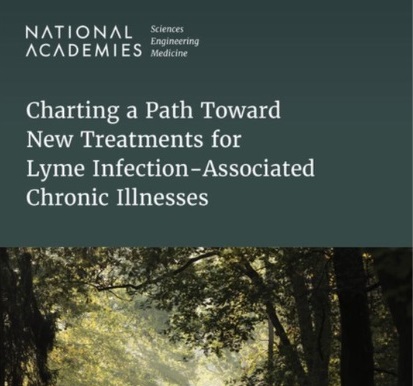
From the National Academies of Sciences, Engineering, and Medicine:
Research funders should prioritize investigating treatments that improve function and quality of life for people living with Lyme infection-associated chronic illness (IACI) based on the currently available evidence, says a new report from the National Academies of Sciences, Engineering, and Medicine.
Lyme disease, caused by a bacterium spread through tick bites, affects hundreds of thousands of people in the U.S. every year.
Many recover after being treated with standard antibiotics, but approximately 10% to 20% go on to experience prolonged symptoms — which often include fatigue, pain, and cognitive impairment — sometimes for years, limiting function and quality of life.
There are no available treatments that have been validated as safe and effective for curing or managing symptoms for those living with Lyme IACI, the report says.
Without validated treatments available for the disease’s long-term debilitating symptoms, people living with these symptoms may have to make decisions about their health without the benefit of robust evidence, or turn to untested interventions, which may carry a risk of unknown harms.
Paying too little attention to treatments
While clinicians and researchers have worked to better understand and treat Lyme IACI for decades, research on treatment has received insufficient attention and investment, in part due to a lack of alignment on the priorities for Lyme IACI-related research.
To date, well-designed randomized trials that allow researchers to draw conclusions about the safety and effectiveness of treatments have focused nearly exclusively on antibiotic therapies.
However, the report indicates, this focus on one type of intervention comes at the cost of exploring other treatment approaches that could address Lyme IACI, especially as disease mechanisms remain unknown.
“There is an urgent need to identify and develop safe and effective treatments for Lyme IACI that can restore functionality and quality of life, and it is possible for that work to start now,” said Kent Kester, chair of the committee that wrote the report and executive director of research and development at the Coalition for Epidemic Preparedness Innovations.
“People living with this condition deserve to have information that allows them to both make informed decisions about their own health and to have safe and effective treatments available to them.”
Prioritizing treatments for symptoms
To ensure proposed treatments are supported by robust evidence, the report says, the research agenda for Lyme IACI treatments should prioritize well-designed, randomized trials with appropriate control groups and, whenever possible, include the collection of data to help further understanding of disease mechanisms.
Research into treatments has been slowed by poor understanding of the biological mechanisms that lead to Lyme IACI, but a full understanding is not necessary to develop treatments for symptoms that can uproot the lives of those affected, the report says.
Research into the root causes and mechanisms of the disease should be conducted in parallel in order to build a robust evidence base that can, in turn, inform future research for treatments.
The report also offers a decision framework to aid research funders as they make choices about how to prioritize research on treatments for Lyme IACI — including how to identify and categorize new potential treatments; questions to ask and answer about a potential new treatment as they triage it for future work; and factors to consider in their ultimate evaluations.
Increased coordination and collaboration between researchers and patient communities is also critical, the report says.
Advancing Lyme IACI research
To move Lyme IACI research forward, the report also recommends:
- The U.S. Department of Health and Human Services should develop a consensus research definition to facilitate coordination in research and ensure the broad range of people living with the condition are considered.
- The National Institutes of Health and the Centers for Disease Control and Prevention should define a set of standard research tools and metrics — such as standard ways to measure the outcomes of Lyme IACI treatments.
- Funders and managers of biobanks and patient registries — which the report says are important but underutilized in research — should ensure that best practices are in place to further optimize the sustainability, accessibility, and quality of these samples and data to promote their utility.
- Research funders should develop and maintain a research data coordinating center to facilitate sharing of resources and knowledge across programs that are conducting Lyme IACI clinical research. Critically, this should incorporate input from people living with Lyme IACI.
Strategic plan for IACI research
The report says there is an unrealized opportunity for researchers, clinicians, and people living with other infection-associated chronic illnesses — such as myalgic encephalomyelitis/chronic fatigue syndrome or long COVID — to share knowledge to better understand common mechanistic pathways or effective treatments that might be applicable across these diseases.
Pooling research efforts to examine the pathogenesis and treatment of these persistent symptoms could streamline discovery and maximize the impact of funding.
The report recommends that HHS develop an integrated strategic plan for research on infection-associated chronic illnesses to facilitate collaboration across different disease research efforts. This plan should improve understanding of commonalities across diseases and advance interventions to address them.
The study — undertaken by the Committee on the Evidence Base for Lyme Infection-Associated Chronic Illnesses Treatment — was sponsored by the Steven & Alexandra Cohen Foundation.
The National Academies of Sciences, Engineering, and Medicine are private, nonprofit institutions that provide independent, objective analysis and advice to the nation to solve complex problems and inform public policy decisions related to science, engineering, and medicine. They operate under an 1863 congressional charter to the National Academy of Sciences, signed by President Lincoln.


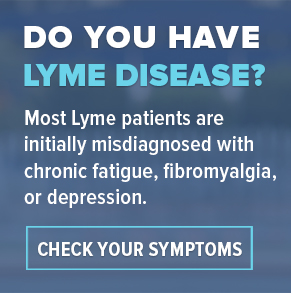
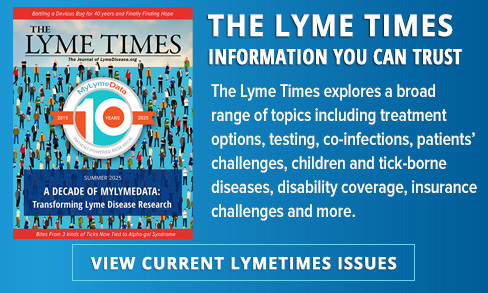


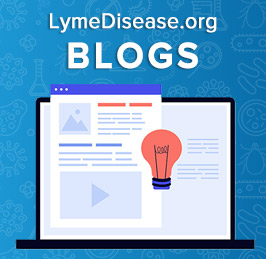


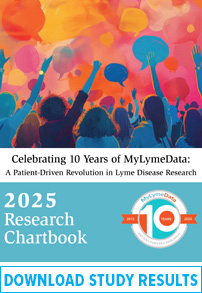
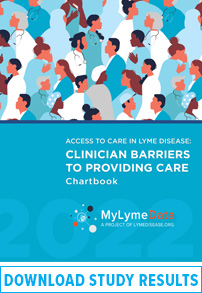









We invite you to comment on our Facebook page.
Visit LymeDisease.org Facebook Page